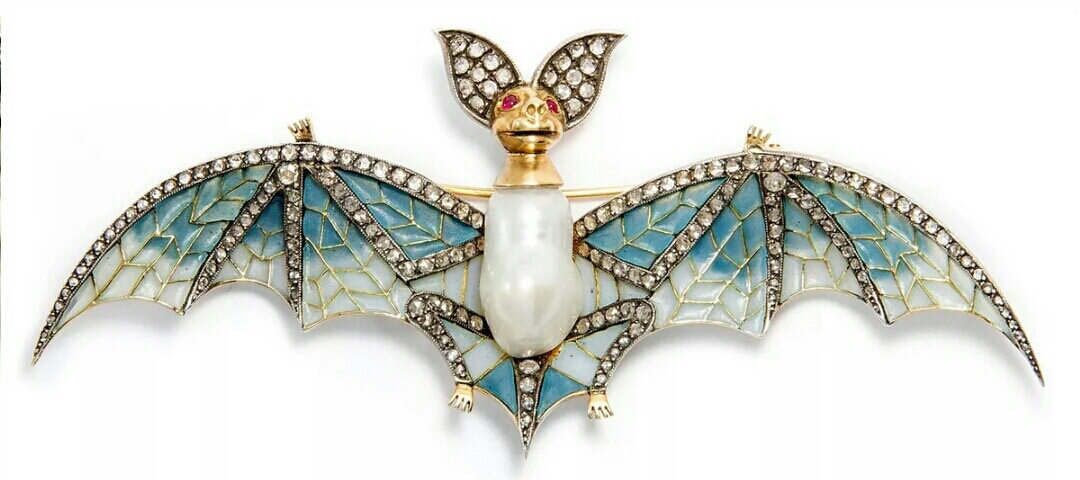My proposal for a simplified monster stat block.
My proposal for a simplified monster stat block.
Originally shared by Ray Otus
STAT BLOCKS REVISITED
In the process of writing DW supplement material, I have spent a lot of time thinking about a better way to do monster stat blocks. Better than the core book, that is. I won’t get into why I don’t think that’s a great format unless people ask. Here is my proposal for a streamlined stat block and why I chose to list the information in the manner that I did.
The Format
Proposed standard for a simplified monster stat block for the text of DW supplements:
Creature Name: (terrain-optional) tag1, tag2, tag+, special quality. Instinct: to whatever Moves: move1, move2, move+. Weapon: damage, tag1, tag2, tag+. n HP. n Armor.
The following is the explanation of how I settled on this format. If you don’t care about that, please skip to the end to catch a full listing of core book monsters in the above format.
The Breakdown
1. Not Listed
I do not think the terrain type or description belongs in a streamlined stat block. But I left in a position for the terrain if you want it.
2. Instincts First
I personally feel that moving the instinct and moves to the front accomplishes three things. It frontloads everything narrative. It emphasizes instincts and moves, which I think are incredibly important and underutilized by many GMs. It also makes the combat stats easier to find, ironically. Moving them to the end seems like it’s a way of making them less important, but because they are the last thing listed your eye can quickly focus on them.
3. Tags and Qualities
I don’t see any real difference between the way tags and special qualities are used. (Why is “burrowing” special but “planar” not? And does it make any difference in the mechanics or fiction whether it’s a tag or special quality?) So I stuck them all in one place, but recommend italicizing special qualities in case someone cares about the difference.
4. Moves
I put all the moves in one sentence rather than a separate sentence for each. The only place I noticed this was a problem was for Black Pudding, because both of its moves included lists with commas in them. As I am separating moves with commas, I put those lists in parentheses. In general, a move shouldn’t be so long that it needs a comma in it! 🙂
5. Combat Stats
The combat stats seem to have weird and unnecessary formatting in the core book. Why put damage in parentheses? What’s with the semi-colons? I simplified the way they look, putting the weapon tags right after the damage. I considered “8 HP/1 Armor” instead of “8 HP. 1 Armor” but that made for weird line breaks in paragraphs. You would often get “8 HP/1” at the end of a line and “Armor” on the next.
6. Graphics/Purpose
Many people want to use icons for attacks, armor, etc. That’s cool, but it’s hard to deal with in text. This format is my proposal for a standard, simplified monster block for use in the text DW supplements. If you were designing for, say, a deck of monster cards, things like graphics and white space, line breaks, etc. would be more important.
The Listing
To see how this looks, or if you want a resource you can cut-and-paste from, I put all the creatures from the Dungeon World core book in the simplified format here:
http://www.jellysaw.com/rpg/dw/monsters/monsters.html
My other DW resources can be found one step up (see the DW Codex breadcrumb at the top of the linked page). I don’t have a lot there, but there is a GM move randomizer you might like. And a simple suggestion for assigning default damage (rather than always rolling creature damage).
http://www.jellysaw.com/rpg/dw/monsters/monsters.html


